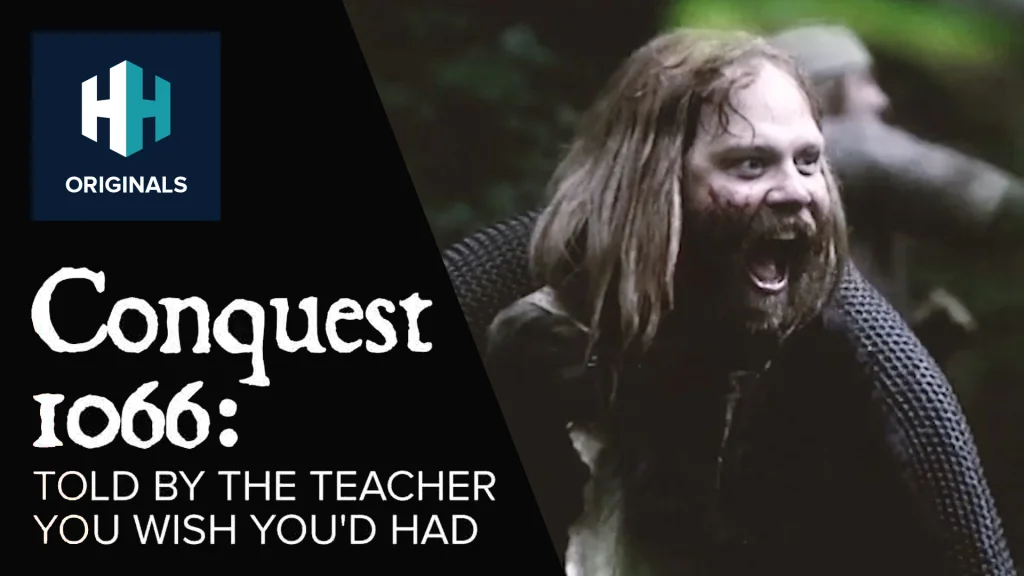William the Conqueror was a Norman duke when he won the Battle of Hastings on 14 October 1066 — a victory that would ultimately lead to him taking the English crown.
Although William’s army won the battle decisively, it was hard-fought on both sides and unusually long by medieval standards. Both William and his opponent, Harold II, King of England, had everything to lose and their forces were well matched.
Indeed, it wasn’t until dusk, once Harold had been killed, that victory for one side was certain. And that side, of course, was William’s. So how exactly did he do it?
The Normans’ advantage
On the day of the battle Harold held the higher ground, supposedly arranging his forces in a line of defence that stretched for nearly half a mile along a ridge. This line was protected by a so-called “shield wall”, literally a wall of shields held by soldiers standing in tight formation that was difficult to break.
But William’s invading force already had an advantage.
The Normans had arrived in Sussex — the southern English county in which the battle took place — on 29 September. This meant they had over two weeks to prepare for the confrontation with Harold and his men.
Harold, on the other hand, was in the north of England at the time of the Normans’ arrival, having just won a hard-fought battle against another rival claimant to the English throne, the Viking Harald Hardrada.
This recently won victory may have provided Harold and his men with some king of morale boost but it also meant they were battle-weary and exhausted. Meanwhile, William and his forces were busy provoking the English king from Sussex, attacking local villages as if to say, “Come and get us”.
Harold’s folly?
 Listen Now
Listen NowHarold was reportedly encouraged not to take on William himself but he ignored such warnings, rushing the core of his army back down south.
The king stopped briefly in London to pick up more men though some sources say that by the day of the battle Harold hadn’t yet gathered his full force. Either way, it is currently thought that both sides fielded large armies of between 5,000 and 7,000.
On the night of 13 October, Harold arrived in Wealden Forest, a few miles outside of Hastings, ready to surprise the Normans the following day. But it seems that William managed to outmanoeuvre him, moving his forces to ensure that they were ready to take on the English army when morning rolled around.
A long day
 Watch Now
Watch NowThroughout the long day of battle on 14 October, both sides suffered heavy casualties. And both fell victim to trick tactics and rumours that were going around the battlefield.
At one point some of William’s men started to flee, believing that the duke had been killed. William reportedly rode out in front of them, however, raising his helmet to show his face and that he was indeed alive, while a Norman counter-charge destroyed pursuing English troops.
At least twice, the Normans also apparently pretended to flee to encourage the English to break ranks from the defence line. As the day went on, the line became shorter as English soldiers were drawn out — though as light faded there was still a line holding.
The tipping point

Accounts differ as to how Harold died.
At this point it still seemed as though the battle could go either way, however. If the English could just hold on until dark then it is thought they would have been joined by reinforcements the following day — something that the Normans did not have coming. But if the Normans could just break the English defensive line before nightfall then the battle would likely be theirs.
The turning point came when the Normans made a final assault on the English line. By this point, it is thought that two of Harold’s brothers and other English commanders were already dead. And then, suddenly, Harold had been killed too.
Accounts differ as to how he died. But from taking an arrow to the eye to being hacked to pieces, all are grisly.
After that, the English were left without a leader and eventually fled.
And that is how William the Conqueror won the Battle of Hastings.















